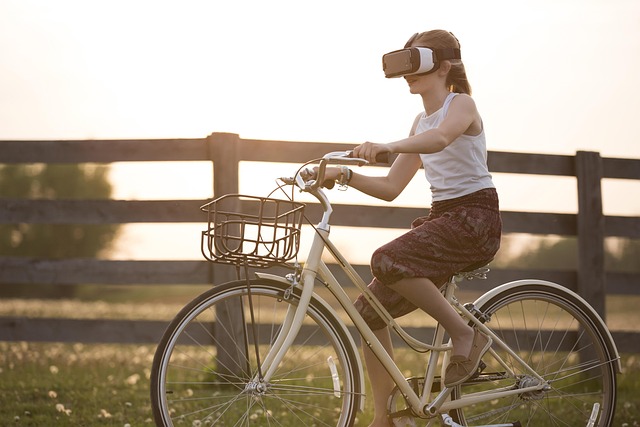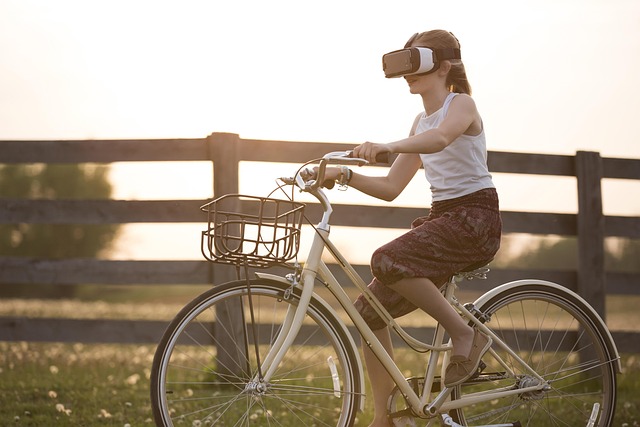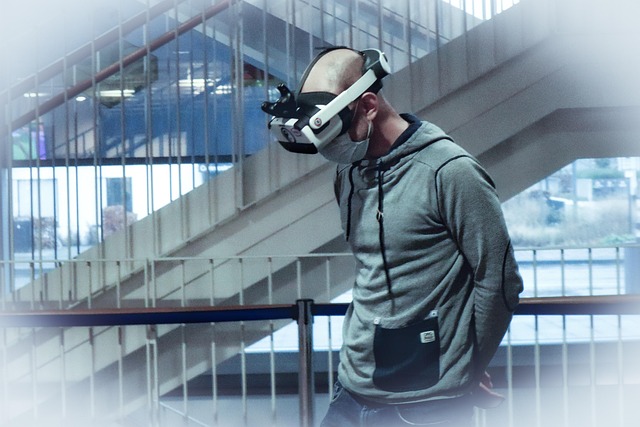As technology advances at an astonishing rate, the way we engage with our surroundings is undergoing a profound evolution. Virtual laboratories are at the forefront of this change, offering immersive experiences that redefine interaction in education, research, and development. By leveraging the power of Virtual Reality (VR), Augmented Reality (AR), and the Metaverse, these digital workspaces promise to enhance learning and experimentation in ways previously unimaginable.
Virtual Reality immerses users in a completely simulated environment, allowing students to conduct experiments in a safe, controlled space without the risks associated with physical laboratories. Imagine donning a VR headset and stepping into a fully equipped chemistry lab, where you can mix volatile substances without the fear of real-world consequences. You can recreate complex reactions, analyze results, and even collaborate with peers from around the globe, all in real-time. This new level of interaction not only enhances understanding but also fosters creativity as students can explore beyond the limits of traditional education.
Augmented Reality takes this concept a step further by overlaying digital information onto the real world. Picture a biology class where students use AR glasses to visualize the anatomy of a cell as they study it under a microscope. This fusion of real and digital enhances comprehension and retention, making learning a more engaging experience. With virtual laboratories utilizing AR, learners can interact with 3D models of complex systems, dissect virtual organisms, or manipulate molecular structures, making science accessible and captivating.
The Metaverse—a collective virtual shared space—offers yet another dimension for virtual laboratories, where users can interact in an expansive digital universe. In this immersive realm, labs can be tailored to specific fields, whether it be physics, computer science, or environmental studies. Students and researchers can join hands in a truly international collaborative effort, sharing knowledge, resources, and ideas as they navigate through custom-created environments. The Metaverse encourages problem-solving and critical thinking, as users tackle challenges that can range from designing intricate structures to simulating the effects of climate change on ecosystems.
Moving towards this future raises important questions about accessibility and inclusivity. Will virtual laboratories be available to all, or will socioeconomic barriers limit their reach? As we continue to explore these cutting-edge technologies, it becomes crucial to ensure that everyone has the opportunity to benefit from the wealth of knowledge and experience they offer.
The potential of virtual laboratories is boundless, as they promise to bridge the gap between theoretical knowledge and practical application. By embracing VR, AR, and the Metaverse, we are not only revolutionizing how we interact with science but also inspiring the next generation of innovators, thinkers, and problem-solvers. As we venture deeper into this technological frontier, it’s clear that the future of education, research, and collaboration is not only bright but incredibly exciting.




